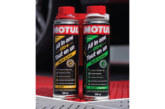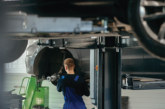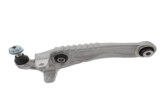Bosal Automotive & Industrial Components advises motor factors on why exhaust systems sometimes fail.
It’s safe to say an exhaust system is put through its paces during its lifespan. Converting hazardous chemicals in the exhaust fumes to less harmful ones, it simultaneously maintains fuel efficiency and engine performance, as well as keeping engine noise to a minimum.
There are essentially three different areas that common causes of damage or wear fall under: rust, vibrations and incorrect use, with rust usually being the main culprit. Depending on the severity, it can lead to complete exhaust failure or structural damage.
Exhaust manifold
Exhaust manifolds can become damaged due to exposure to cycles of extreme pressure and heat. The manifold then becomes so worn that it is unable to withstand the heat and cracks begin to form. These cracks can then develop into small holes causing complete failure. Cracks may also appear when the hangers or mountings break and the exhaust manifold is put under extra pressure that it is not designed for.
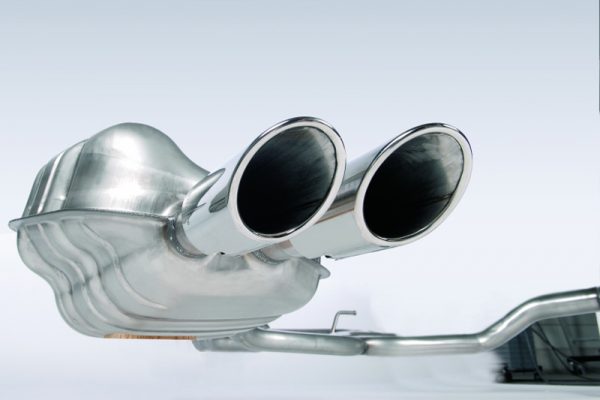
Oxygen sensor
Oxygen sensor failure can lead to incorrect reading of exhaust gases. The faulty reading can incur a fuel mixture that is either too rich or too lean. Too rich and the catalyst can melt down; too lean and the converter will be unable to convert hydrocarbons into safe elements and therefore may not pass an MOT test. Replacements can save a considerable amount of money in the long run as oxygen sensors are vital for fuel economy.
Catalytic converter
A catalytic converter is one of the most important parts of a vehicle’s emissions control system, preventing harmful exhaust pollutants from entering the atmosphere by converting them into water vapour and less harmful gases. Catalytic converters can become blocked or choked, which can cause a noticeable lack of power, a smell of sulphur, or heat from the floor of the vehicle.
Diesel Particulate Filter
Over time, DPFs can become clogged and may even need to be replaced in some circumstances. Regeneration is a process DPFs go through which helps clear out the soot; however, specific driving conditions have to be met in order for it to go through this process. The danger is that it can become clogged beyond the engine management’s capabilities to clean it.
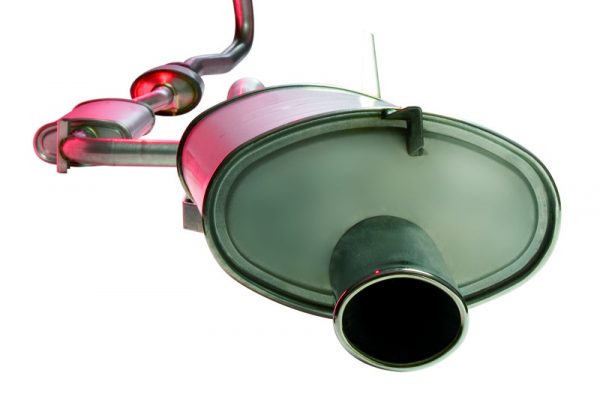
Exhaust pipe
If the silencer is damaged, the vehicle will make a louder or different noise. To see if it’s working correctly will require a closer look at the silencer. Checking for holes or signs of rust is required; any sign of rust may indicate a more serious problem within the silencer.
Silencer
As mentioned above, rust is the main culprit when it comes to exhaust damage or erosion. The linking exhaust pipes can become so rusted that small holes form. Replacement of the silencer is advised, rather than repair, as a hole in the silencer may allow hazardous, potentially fatal exhaust gases to enter the car’s passenger cabin.



